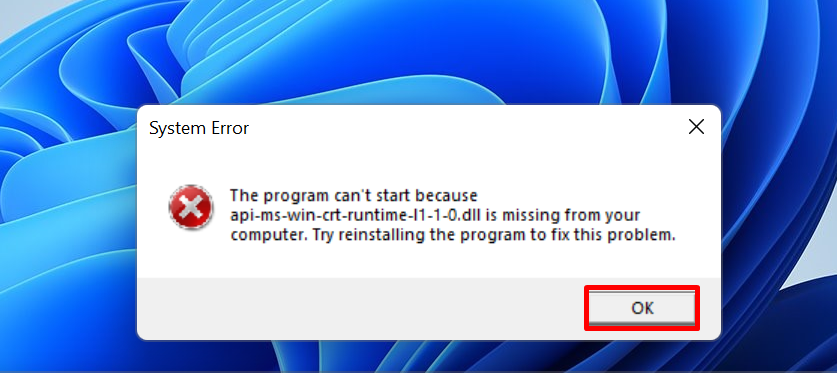Beyond the Naked Eye – Particle Size Analysis Lab Reveals Hidden Particle Properties
Particle size analysis is a powerful laboratory technique that delves beyond the limits of the naked eye, unraveling the hidden properties of minute particles that shape our world. This sophisticated analytical method allows scientists and researchers to explore the size distribution, shape and morphology of particles, offering valuable insights into various industries, including pharmaceuticals, environmental monitoring, materials science and food production. At the heart of particle size analysis lays the understanding that the physical and chemical properties of materials are intrinsically tied to the size and structure of their constituent particles. By employing a diverse array of cutting-edge instruments, researchers can precisely measure particle dimensions, ranging from nanometers to micrometers and even larger. One common approach to particle size analysis is laser diffraction, where particles suspended in a liquid medium are exposed to a laser beam, causing the light to scatter in a pattern that reveals information about particle size.

The data obtained from these analyses provide crucial information for numerous applications. In the pharmaceutical industry, for instance, particle size analysis ensures the optimization of drug formulations. By understanding the size distribution of pharmaceutical particles, researchers can tailor drug delivery systems to maximize efficacy, solubility and bioavailability. Furthermore, the analysis enables the identification of potential issues like segregation, which could affect the quality and consistency of the final product. Environmental monitoring also benefits significantly from particle size analysis. Understanding the distribution of atmospheric particles allows for insights into air quality and pollutant dispersion. Moreover, the size and characteristics of particulate matter are vital in studying their potential health impacts on humans and ecosystems. In materials science, particle size analysis plays a critical role in characterizing raw materials, identifying impurities and ensuring the quality of the final product. Industries that deal with powders, such as cement, ceramics and cosmetics, rely on this analytical technique to optimize their manufacturing processes and guarantee uniformity and performance.
In the food industry, particle size ats labs analysis aids in the development of better food products. It allows for the assessment of ingredients’ interactions and functionalities, leading to improved texture, stability and overall consumer experience. Particle size also influences the perception of taste and mouth feel, making it an essential parameter for product development. The continuous advancements in particle size analysis techniques, including dynamic light scattering, microscopy and nanoparticle tracking analysis, have broadened the horizons of research possibilities. Scientists can now explore not just the size but also the shape and surface characteristics of particles, enabling a deeper understanding of particle behavior and interactions. In conclusion, particle size analysis is a fundamental tool that goes beyond what the naked eye can perceive. This lab-based analytical approach empowers researchers and industries with valuable knowledge about particle properties, enabling them to make informed decisions, optimize processes and innovate in various fields. From pharmaceuticals to environmental monitoring and materials science to food production, the intricate details revealed by particle size analysis fuel advancements that positively impact our daily lives and the world we inhabit.
 Click fraud is a persistent threat that can drain your ad budget and jeopardize the success of your digital advertising campaigns. As an advertiser, it is crucial to understand and actively safeguard your campaigns against this fraudulent activity. Click fraud refers to the deliberate and malicious clicking on online ads with the intention of depleting an advertiser’s budget without generating any genuine leads or conversions. This can be done by competitors, disgruntled customers or even automated bots programmed to simulate human clicks. One of the primary reasons click fraud poses a significant risk is the financial impact it can have on your advertising budget. Every time an ad is clicked, you are charged, regardless of whether it was a legitimate or fraudulent click. With click fraud, your budget can be quickly exhausted, leaving you with minimal returns on your investment and a reduced ability to reach your target audience effectively. This not only affects your immediate campaign performance but also has long-term consequences for your overall marketing efforts.
Click fraud is a persistent threat that can drain your ad budget and jeopardize the success of your digital advertising campaigns. As an advertiser, it is crucial to understand and actively safeguard your campaigns against this fraudulent activity. Click fraud refers to the deliberate and malicious clicking on online ads with the intention of depleting an advertiser’s budget without generating any genuine leads or conversions. This can be done by competitors, disgruntled customers or even automated bots programmed to simulate human clicks. One of the primary reasons click fraud poses a significant risk is the financial impact it can have on your advertising budget. Every time an ad is clicked, you are charged, regardless of whether it was a legitimate or fraudulent click. With click fraud, your budget can be quickly exhausted, leaving you with minimal returns on your investment and a reduced ability to reach your target audience effectively. This not only affects your immediate campaign performance but also has long-term consequences for your overall marketing efforts.
